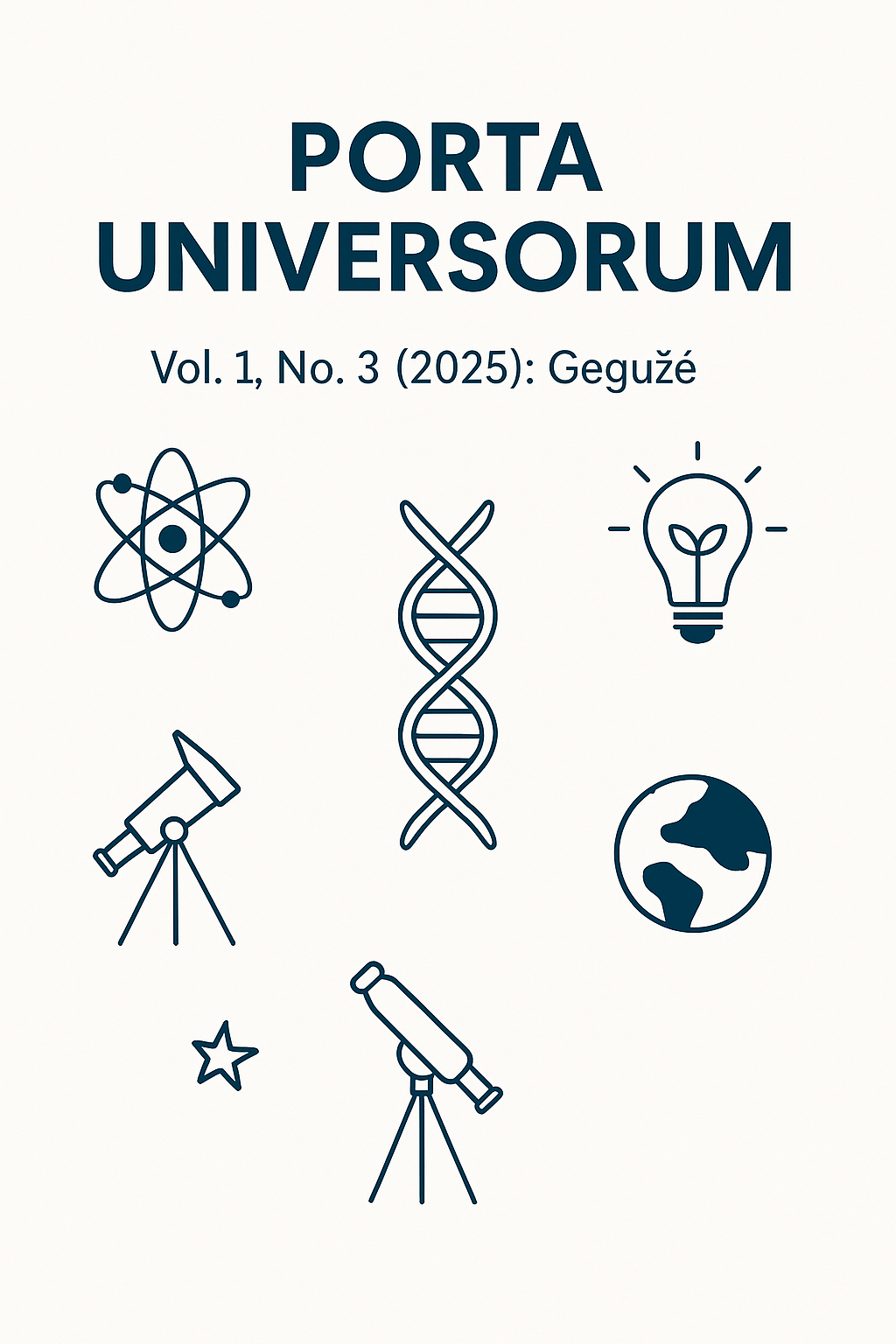Achieving Accuracy in Azerbaijani English Legal Document Translation: Challenges and Strategies
DOI:
https://doi.org/10.69760/portuni.010328Keywords:
legal translation, Azerbaijani–English, Skopos theory, dynamic equivalence, terminology, translation accuracy, legal terminologyAbstract
Accurate translation of government and legal documents from Azerbaijani to English is critical in an increasingly globalized context. This article examines the theoretical and practical dimensions of ensuring accuracy in such translations, drawing on linguistics and translation studies. It outlines key frameworks – Skopos Theory, Equivalence Theory, and Dynamic Equivalence – and discusses their application to Azerbaijani–English legal translations. Major challenges, including terminological non-equivalence, cultural-legal discrepancies, and risks of lost legal precision, are analyzed through real case examples of treaties, asylum documents, and contracts. The article then proposes strategies to enhance accuracy: thorough pre-translation briefings, use of bilingual legal dictionaries and terminology databases, translation memory tools for consistency, and collaboration with legal experts. These strategies are evaluated in light of existing empirical research and translation corpus studies. The discussion highlights that a combination of functional and equivalence-based approaches, supported by technology and expert input, can significantly improve translation accuracy. Ensuring accuracy is shown to be not only a linguistic endeavor but also a legal and cultural imperative.
References
Alisoy, H. (2024). Exploring Language Acquisition: The Role of Native Language Interference in ESL Learners. Journal of Azerbaijan Language and Education Studies, 1(1), 50-66. https://doi.org/10.69760/jales.2024.00105
Alisoy, H. (2024). Semantic Classification of Phraseological Units. Acta Globalis Humanitatis Et Linguarum, 1(2), 43-55. https://doi.org/10.69760/aghel.01024064
Alisoy, H. A. H. (2023). Object Clauses and Difficulties in Their Translation. Nakhchivan State University, English and Translation Chair.
Alisoy, H., Hajiyeva, B., & Sadiqzade, Z. (2024). CONNECT WITH ENGLISH A2-B1 SPEAKING HANDBOOK . Journal of Azerbaijan Language and Education Studies, 1(2), 1-115. https://doi.org/10.69760/jales.2024.00115
AlSaeed, A. A. M., & Abdulwahab, M. M. (2023). Functional Equivalence in Legal Translation: Legal Contracts as a Case Study. Global Journal of Politics and Law Research, 11(3), 72–150. https://doi.org/10.37745/gjplr.2013/vol11n372150
Cao, D. (2023). On the challenges of legal translation. Comparative Legilinguistics, 55, 109–117. https://doi.org/10.14746/cl.55.2023.7
Duan, Y. (2023). Legal Text Translation (E to C) under the Guidance of Skopos Theory. Open Journal of Modern Linguistics, 13(5), 581–586. https://doi.org/10.4236/ojml.2023.135035
Graziadei, M. (2025). Legal Translation and the Quest for Authenticity. International Journal for the Semiotics of Law, 38(2), 345–364. https://doi.org/10.1007/s11196-025-10283-y
Hajiyeva, B. (2024). Challenges in Understanding Idiomatic Expressions. Acta Globalis Humanitatis Et Linguarum, 1(2), 67-73. https://doi.org/10.69760/aghel.01024066
Hajiyeva, B. (2025). Translating Idioms and Slang: Problems, Strategies, and Cultural Implications. Acta Globalis Humanitatis Et Linguarum, 2(2), 284-293. https://doi.org/10.69760/aghel.025002123
Huseynov , T., Khalilov, Y. ., Ismayilov, N. ., & Aliyev, E. . (2025). Classification and Types of Documents in the Process of Management Activities : Classification and Types of Documents in the Process of Management Activities . Acta Globalis Humanitatis Et Linguarum, 2(3), 108-112. https://doi.org/10.69760/aghel.0250020015
Khujakulov, S., Ivanova, T., Aminova, Z., Shukurova, S., Turayeva, D., & Turayeva, D. (2025). Linguistic Exploration of Legal Semantics: Lexical and Semantic Barriers in Translating Legal Terms Between English and Uzbek. African Journal of Biomedical Research, 28(1S), 1094–1102. https://doi.org/10.53555/AJBR.v28i1S.6349
Loiacono, R., & Bertoli, L. (2018). The complexities of legal translation in the drafting of bilateral treaties between Italy and English-speaking countries. Perspectives: Studies in Translation Theory and Practice, 26(5), 646–662. https://doi.org/10.1080/0907676X.2018.1425464
Mouktadir, J. E. (2024). Legal Equivalence in International Agreements: Case Study: Morocco–European Union. International Journal of Current Science Research and Review, 7(2), 1285–1297. https://doi.org/10.47191/ijcsrr/V7-i2-47
Prieto Ramos, F. (2015). Quality Assurance in Legal Translation: Evaluating Process, Competence and Product in the Pursuit of Adequacy. International Journal for the Semiotics of Law, 28(1), 11–30. https://doi.org/10.1007/s11196-014-9390-9
Prieto Ramos, F., & Cerutti, G. (2021). Terminology as a source of difficulty in translating international legal discourses: an empirical cross-genre study. International Journal of Legal Discourse, 6(2), 155–179. https://doi.org/10.1515/ijld-2021-2052
Sadiqzade, Z. (2024). The Impact of Music on Language Learning: A Harmonious Path to Mastery. EuroGlobal Journal of Linguistics and Language Education, 1(1), 134-140. https://doi.org/10.69760/zma1bn56
Trifonova, E. D., Babintseva, E. A., & Kartseva, E. Y. (2022). Experimental study of the influence of translation memory systems on the success of written translations by novice translators. Revista EntreLinguas, 8(esp.1), e022026. https://doi.org/10.29051/el.v8iEsp.1.16939
Downloads
Published
Issue
Section
License
Copyright (c) 2025 Porta Universorum

This work is licensed under a Creative Commons Attribution-NonCommercial 4.0 International License.
License Terms
All articles published in Porta Universorum are licensed under the Creative Commons Attribution–NonCommercial 4.0 International License (CC BY-NC 4.0). This license permits:
-
Sharing (copying and redistributing the material in any medium or format),
-
Adapting (remixing, transforming, and building upon the material),
-
for non-commercial purposes only,
-
with proper attribution to the original author(s) and source.
Commercial use of the material is not permitted without prior written permission from the publisher.




